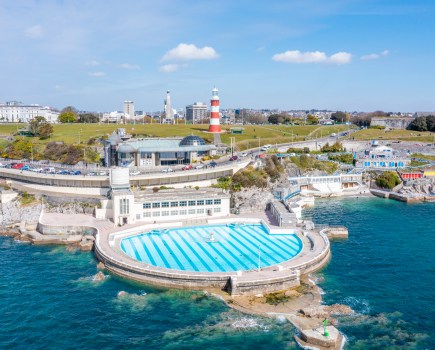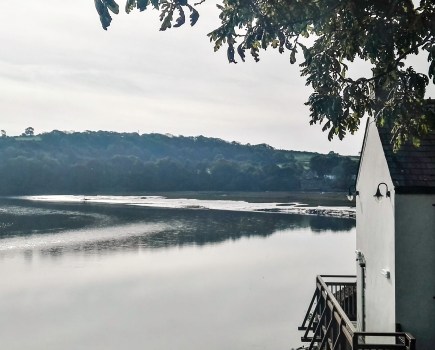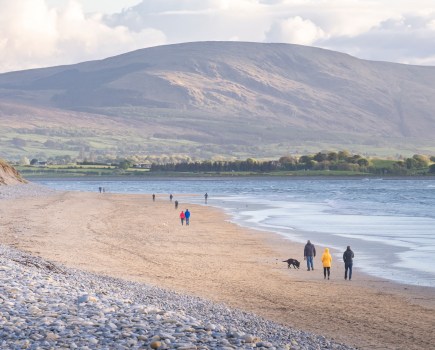This month our columnist MARTIN DOREY heads off in search of Cornwall’s lost and found patron saint.
Cornwall is known as the Land of Saints. The county is awash with them, but St Piran takes the heavenly wafer, even though nailing him is tricky. He’s a will o’ the wisp, with conflicting accounts of his saintly – and not so saintly – antics available all over the internet. Some have him as a legendary bon viveur, meeting his earthly demise – after 200 years – by falling down a well while drunk.
He is also credited with rediscovering tin smelting: after placing a rock too close to his fire, molten tin ran out of it in the form of a cross, so giving back Cornwall its lost industry and finding its flag, a white cross on a black background.
The legend of how he came to Cornwall is a taller tale, perhaps, but universally accepted. He was chucked out of Ireland (reasons vary) by being thrown from storm-wracked cliffs chained to a millstone. When he landed in the water the weather cleared and the millstone floated St Piran away to Cornwall, where he landed on the enormous, desolate beach at Perran Sands. Some argue (well, only me at the moment, but it may catch on) that St Piran, on his millstone, was Cornwall’s first celestial surfer. Perran Sands is a good choice.
Anyhow, seeing as March 5 marks St Piran’s Big Saintly Day, I thought I would seek out the man, the legend, the hellraiser, that was St Piran. Should I believe the stories? Should I stop asking questions and simply down a pint of Betty Stoggs and wish you all ‘Gool Perran Lowen’, drunk as a Perraner (as they say here)?
On a dark, blustery afternoon, when the Met Office were dishing out warnings the colour of a Cornish daffodil, I set off on a mini pilgrimage to find St Piran’s Oratory in the vast system of dunes behind Perranporth Beach.
Check out Martin Dorey’s column on swimming in the rain here.

The tiny 6th century chapel has been lost to the shifting sands more than once. In 2015 it was found again, although it remains without signposting, so locating it wasn’t easy. I set off across the dunes, through thickets of wind-blown and berry-laden hawthorn and found the lichen-covered St Piran’s Cross – the oldest known in Cornwall – and then followed a meandering path through the marram grass into a hollow. There I found the Oratory in three feet of water and surrounded by a spectacularly ugly breeze block wall (built in 1910 to protect the ruins). I felt let down, like St Piran would give us more.
From there I headed west to find a viewpoint. A steep, sandy path led me to a narrow ridge at the edge of the dunes with a stunning view over a churning, violent ocean and the huge, empty beach many metres below. To the south I could see Bawden Rock and St Agnes Head, dark shapes in the misty air. To the north, Ligger Point and Penhale Camp, more darkness.
As I stood, breathless from the climb, the horizon cleared and, for a moment, a golden glow of saintly light penetrated the sea mist and the layers of flat, grey cloud. It was, for want of a better phrase, heavenly. If I were a saint looking for a good story, I thought to myself, I would surely want to surf my way to shore here.
I’m not a Cornishman but I finally believed St Piran might move among us. Gool Perran Lowen.







